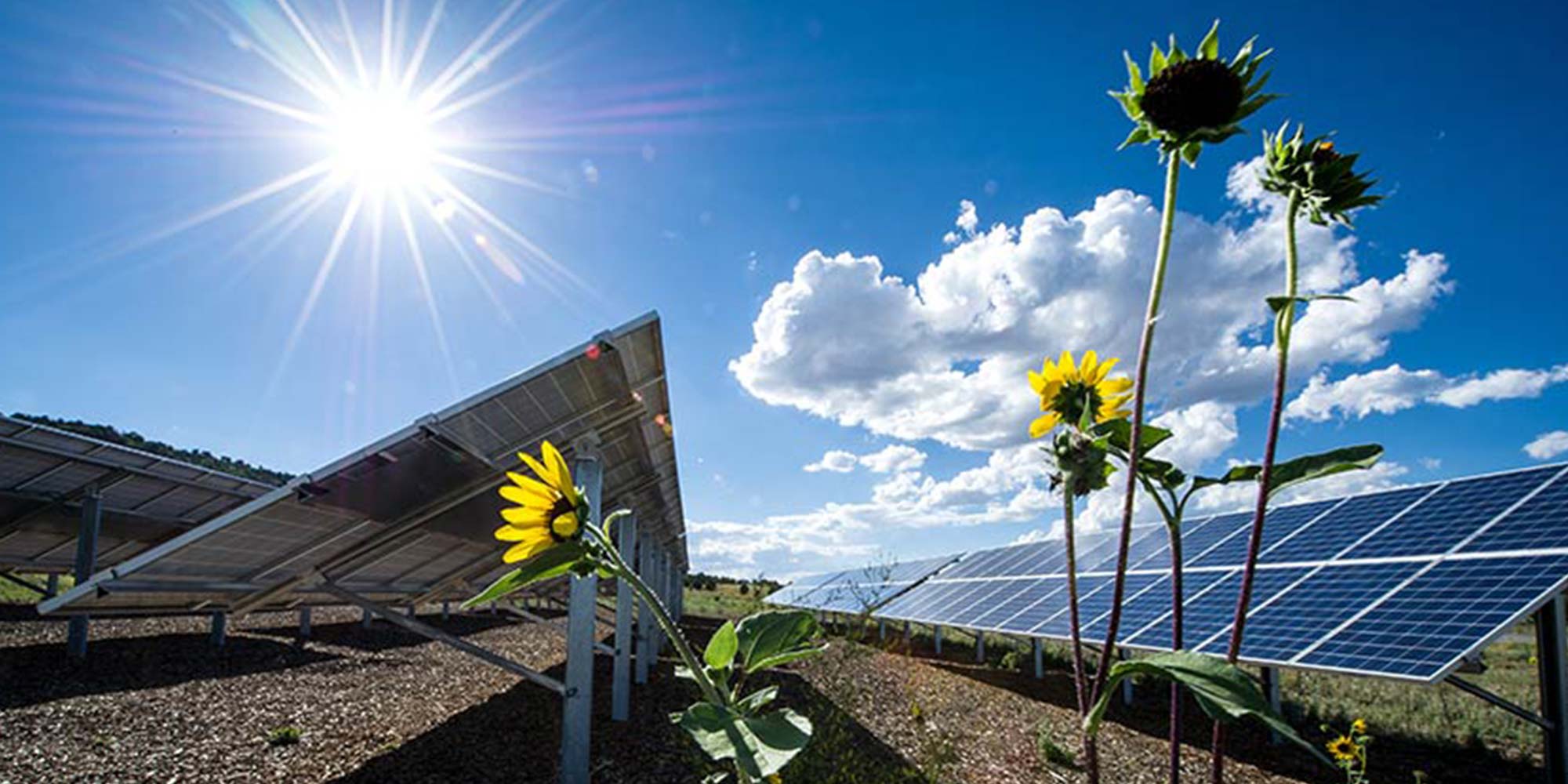Introduction:
In the quest for renewable energy sources, photovoltaic cells stand out as a beacon of sustainable power generation. These innovative devices, commonly known as solar cells, convert sunlight directly into electricity, offering a clean and abundant energy solution. In this comprehensive guide, we delve into the intricacies of photovoltaic cells, exploring their technology, applications, advantages, and the pivotal role they play in shaping the future of energy.
Understanding Photovoltaic Cells:
Photovoltaic cells are semiconductor devices that generate electricity when exposed to sunlight through the photovoltaic effect. Composed of layers of semiconductor materials such as silicon, these cells absorb photons from sunlight, exciting electrons and creating an electric current. The generated electricity can be used immediately, stored in batteries for later use, or fed into the grid for distribution.
Types of Photovoltaic Cells:
- Monocrystalline Silicon Cells: Known for their high efficiency and uniform appearance, monocrystalline cells are made from single-crystal silicon, offering superior performance in a smaller footprint.
- Polycrystalline Silicon Cells: Polycrystalline cells are crafted from multiple silicon crystals, making them more cost-effective to produce while still providing decent efficiency levels.
- Thin-Film Cells: Thin-film photovoltaic cells utilize layers of semiconductor materials deposited onto a substrate, offering flexibility, lightweight design, and potential for application in diverse settings.

Applications of Photovoltaic Cells:
- Residential Solar Panels: Photovoltaic cells are widely used in residential settings to generate electricity for homes, reducing reliance on conventional grid power and lowering utility bills.
- Commercial and Industrial Installations: Businesses and industries deploy solar panels to offset energy costs, enhance sustainability initiatives, and meet renewable energy targets.
- Off-Grid Power Systems: Photovoltaic cells power off-grid applications such as remote telecommunications, rural electrification, and emergency backup systems, providing reliable electricity in remote locations.
- Solar Farms: Large-scale photovoltaic arrays, commonly referred to as solar farms, harness sunlight to generate electricity for utility-scale power generation, contributing to the transition towards renewable energy.
Advantages of Photovoltaic Cells:
- Clean and Renewable: Solar energy is abundant, inexhaustible, and emits no greenhouse gases or pollutants during electricity generation, making it a clean and sustainable energy source.
- Low Operating Costs: Once installed, photovoltaic systems require minimal maintenance and incur low operating costs, offering long-term energy savings and return on investment.
- Energy Independence: By harnessing solar power, individuals and communities can reduce dependence on fossil fuels, mitigate energy price volatility, and enhance energy security.
- Scalability: Photovoltaic systems can be scaled to meet varying energy needs, from small residential installations to utility-scale solar farms, offering flexibility and adaptability to diverse applications.
Challenges and Future Developments:
- Cost Reduction: Continued research and technological advancements are essential to further reduce the cost of photovoltaic cells and increase their affordability, thereby accelerating their widespread adoption.
- Energy Storage: Addressing the intermittency of solar power through improved energy storage technologies, such as batteries and grid integration solutions, is crucial for enhancing reliability and grid stability.
- Efficiency Improvements: Enhancing the efficiency of photovoltaic cells through innovations in materials, manufacturing processes, and cell designs can increase energy output and performance, driving competitiveness in the solar market.